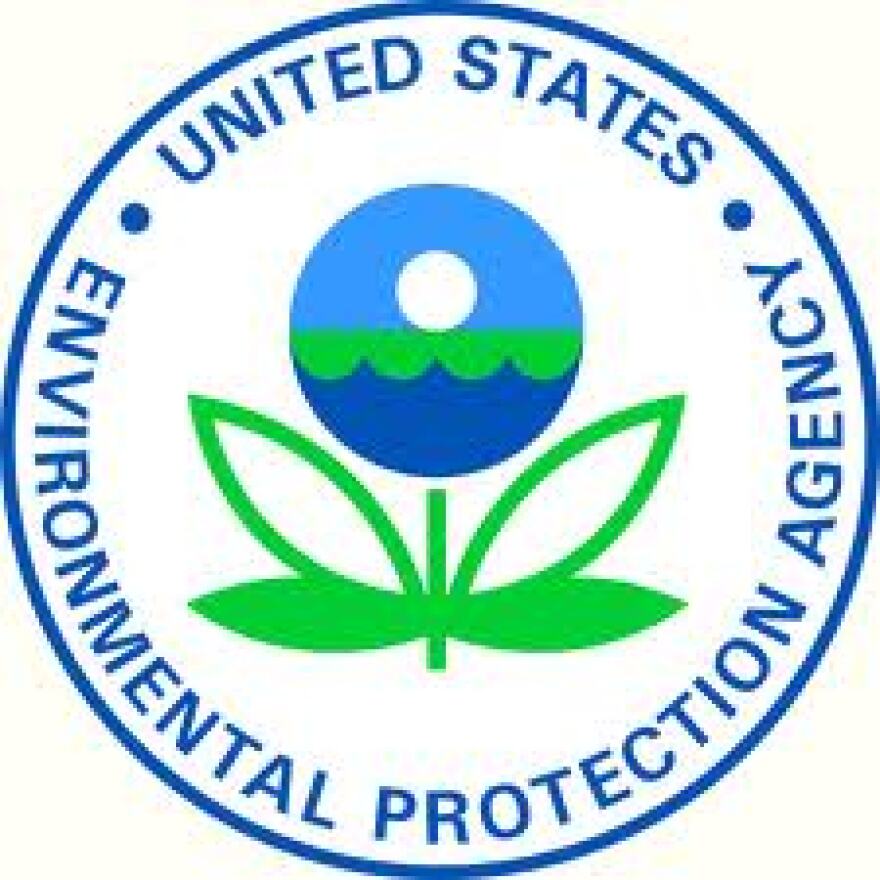The U.S. Environmental Protection Agency met yesterday with stakeholders in Saratoga Springs as it kicks off its second five-year review of GE’s Hudson River PCB cleanup.
As part of its oversight into General’s Electric’s cleanup of toxic PCB’s from the 40-mile stretch of the upper Hudson, EPA legally must conduct five-year reviews of the Superfund project in perpetuity.
On Thursday, EPA presented an overview of its first five-year review completed in 2012 and what’s planned for the second review at a meeting of the Hudson River PCB Site Community Advisory Group.
The stakeholders at the table were representatives of local municipalities, environmental groups, boaters, fisherman, and economic development organizations.
EPA Project Manager Gary Klawinski took comments from CAG members as review process was outlined.
“What we’re going to do is set up a review team, which some of these folks will be a part of, we’ll take input and work closely with the community and all those involved to do this upcoming five-year review,” said Klawinski.
General Electric concluded dredging on the upper Hudson last fall and will remain on the river for monitoring and habitat restoration work. EPA maintains that the river’s ability to recover is essential.
During Thursday’s meeting, the stakeholders tossed out several questions, and not only on the review process.
Retired Saratoga Town judge and CAG member David Mathis asked if anything would be done to promote recreational boating on the Hudson. Mathis, an avid boater himself who lives on the river, said he’s seen very few boats pass by this season.
“Four boats! And one of those is a Corps of Engineers boat. So I was seeing three recreational boats go north. You roll the clock back 20 years, 10 years, 15 years, there would be easily 10 times that,” said Mathis.
Mathis suggested to a GE representative in the room that the company develop a campaign to bring people back to the river.
“Economically, the issue is the public perceives the river as still being hazardous – it’s not a safe place. And you just can’t tell people that we’ve reduced the health risk for our children so come on back. So we really need to do something to turn that around,” said Mathis.
As part of the cleanup work, the 40 mile section of the river was divided into three segments, not equal in size.
Dan Raichel, a staff attorney with the Natural Resources Defense Council, claimed cleanup standards varied across the segments, meaning that a PCB hotspot in one area would perhaps be not be considered a hotspot in another section.
Raichel said this method has left behind several toxic doughnuts in the river sediment.
“A large number of them, where that most contaminated portion of that area was remediated, but there’s a ring of contamination left around that area sort of like a doughnut. Like a big toxic doughnut,” said Raichel.
The most contaminated section of the river stretches from Fort Edward to Troy, though NRDC is also concerned that there was no remediation done in the other 160 miles of the Hudson River superfund site.
Questions were also raised about fishing and navigational dredging in the Champlain Canal. One CAG member criticized EPA’s oversight as “weak.”
Klawinski said EPA will followup on any unanswered questions and that he’s not surprised at the reactions to such a large and complicated cleanup project.
“I’m glad when people can ask questions because then I can fill them in and make sure people understand. The most challenging part is when people don’t understand and we want to make sure that they do.”
The five-year review is scheduled to be completed by 2017.






